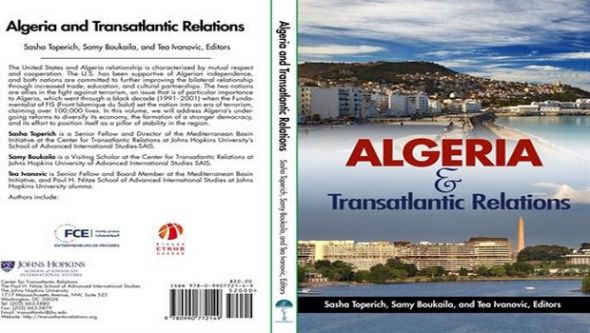The city destroyed by a 4th-century tsunami is rediscovered
More than 50 acres of underwater Roman ruins have been discovered off the coast of Tunisia, bolstering an epic ancient disaster story, the AFP reports.
Roughly 1,650 years ago, a massive tsunami swept through the Mediterranean, leveling cities and killing thousands of people along the coast of the sea. Though no technology existed at the time to measure it, scientists writing in the journal Scientific Reports in 2013 estimated that it was caused by an earthquake registering more than an eight on the Richter Scale, or roughly as powerful as the strongest earthquake ever seen in the continental United States.
In documenting the damage from this tsunami in 365 A.D., which even struck the famed Egyptian metropolis of Alexandria, historian Ammien Marcellin wrote of how the African city of Neapolis was almost entirely wiped out by the massive wave. According to the AFP, in 2010, a group of Italian and Tunisian scientists started looking for the lost city to confirm the story, and now, they’ve found it off the coast of modern-day Tunisia.
The ruins of Neapolis were found underwater near the Tunisian city of Nabeul, writes Sarah Laskow for Atlas Obscura. They reveal a well-preserved portrait of the city before its sudden destruction. Among the expanse of remains found was evidence of streets, monuments and even roughly 100 tanks used to ferment a fish-based condiment called garum, reports Bethan McKenan for the Independent.
The ruins of Neapolis might also paint a portrait of a destructive future for other communities along the coast of the Mediterranean. As Mason Inman reported in 2008 for National Geographic, a study published in Nature Geoscience that March argued that earthquakes as large as the one in 365 A.D. may occur approximately once every 800 years.













